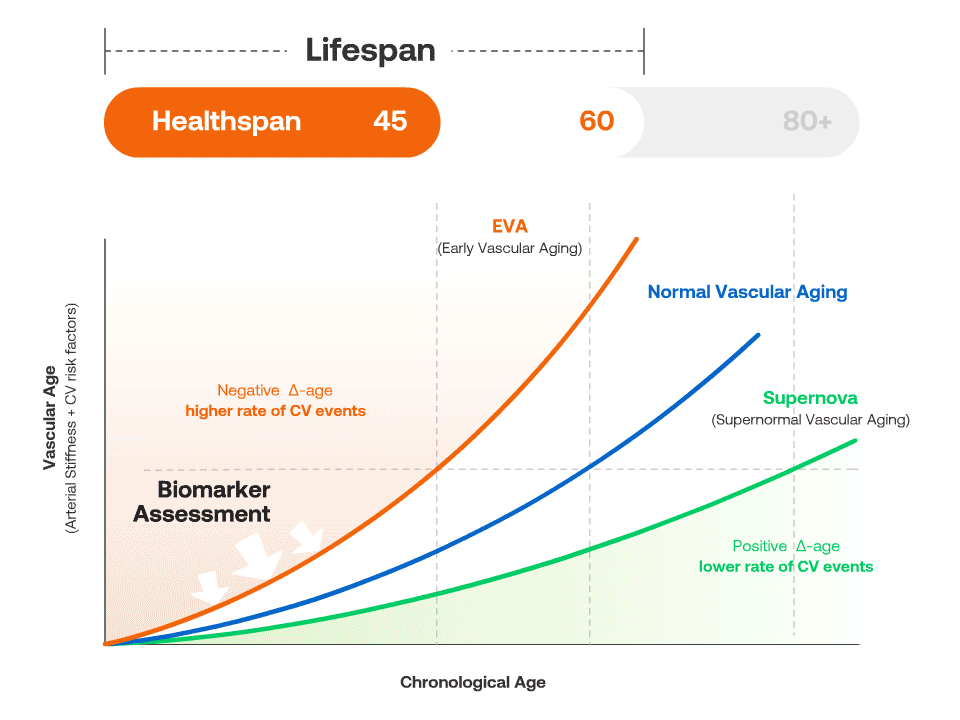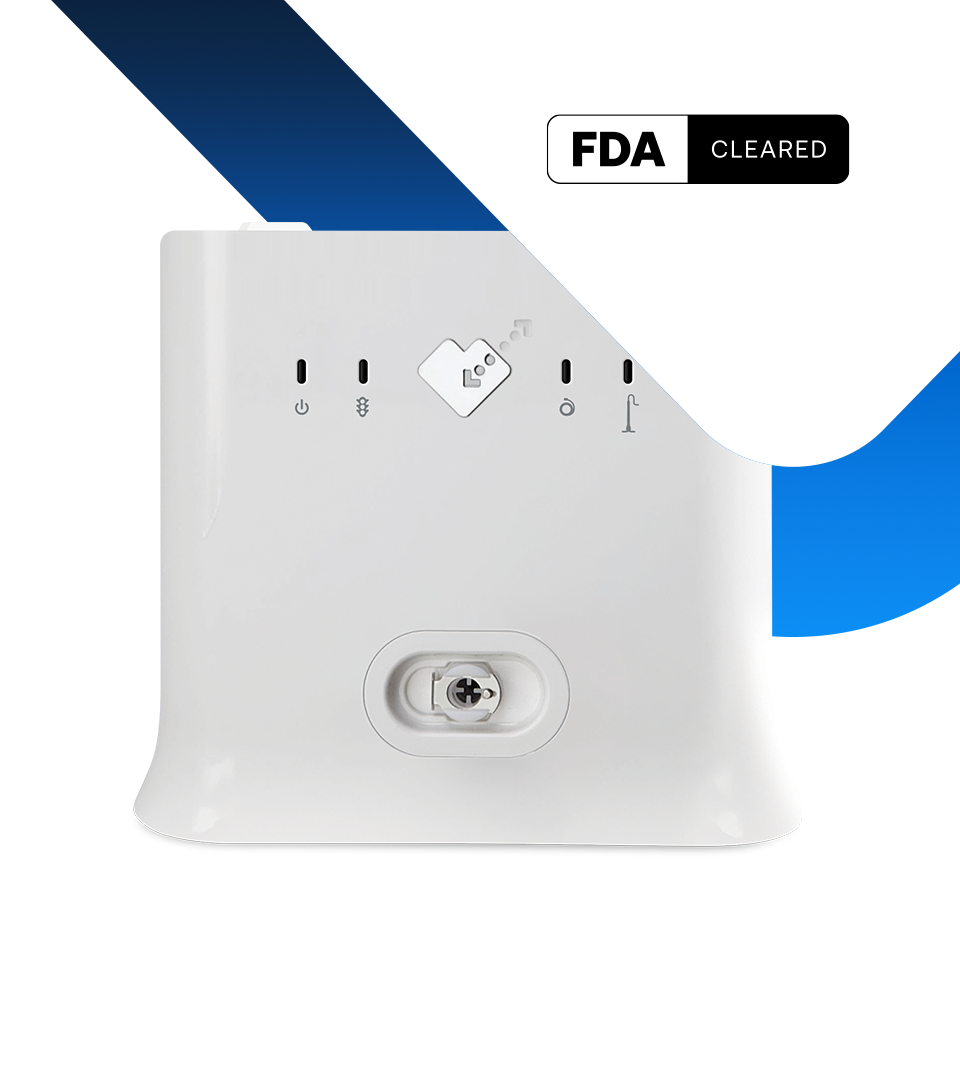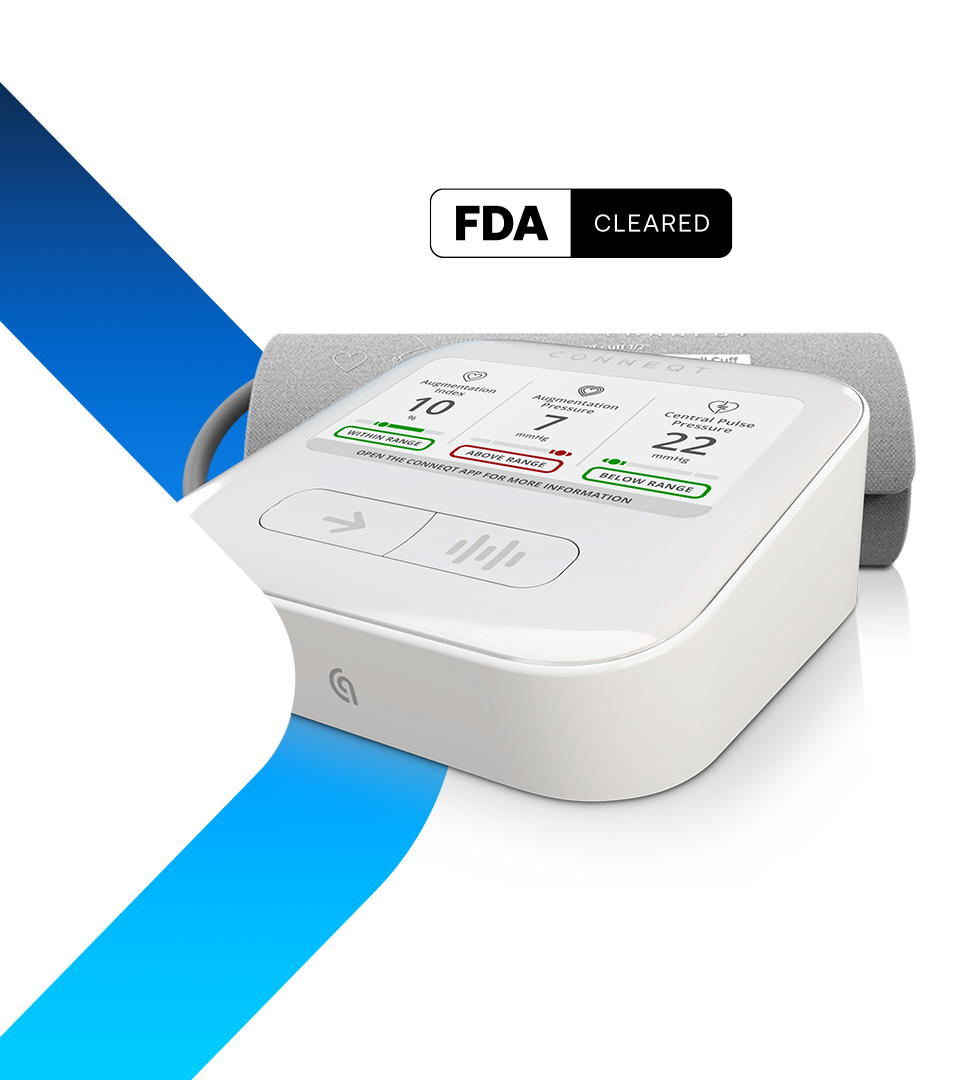Wellness and Longevity
Personalized Health & Wellness Strategies with Vascular Health Insights

Maximize Healthspan with Vascular Biomarkers
Vascular biomarkers that measure arterial stiffness and vascular function are key to promoting longevity and improving healthspan. They enable early detection of cardiovascular dysfunction, allowing for timely, personalized interventions to slow or reverse disease progression.
Vascular Biomarkers Explained
Dr. Joseph Raffaele
Longevity Medicine Specialist
Utilizing digital biomarkers to improve cardiovascular health of patients

Charting a Path to Comprehensive Personalized Wellness
Incorporating vascular biomarkers effectively into broader health management represents a significant shift towards more proactive and personalized healthcare strategies. This paradigm shift is critical in enhancing patient care across multiple aspects of health, ultimately leading to improved overall health outcomes and a higher quality of life for individuals.
Comprehensive Checkup
SphygmoCor XCEL is a sophisticated clinical tool designed to precisely measure essential vascular biomarkers like arterial stiffness and central blood pressure. Its integration into routine clinical practice enables a proactive approach to cardiovascular care, significantly enhancing patient outcomes.


Self Monitoring
CONNEQT Pulse is an innovative home monitoring tool that effectively tracks vascular health from the comfort of one's home. Its user-friendly design makes it ideal for daily health monitoring, promoting proactive health management and enhancing patient engagement with their cardiovascular health.
Extended Monitoring
Oscar 2 excels as a leading ambulatory monitor, designed for extended wear in non-clinical settings to capture vascular biomarkers continuously. It monitors blood pressure and arterial health over 24 hours, revealing a patient’s vascular dynamics under normal conditions.



